Learning how to make a pair of bespoke shoes has always been a craft people sought after. Something about it is magical and there is no better feeling than seeing your final product after putting blood, sweat, and tears into a pair (sometimes literally). I remember when I was seeking out an apprenticeship. I was super lucky and blessed to have found someone that connected me directly to the shoemaker. But I was a lucky one. It was not easy to learn shoemaking 20 years ago, especially for someone not based in Europe. Not like today with YouTube, and the number of shoemakers now sharing their knowledge.
Even more promising is the rise of shoemaking schools. And currently, one of the best schools with very easy access is Schola Academy, in Florence, Italy. In collaboration with Stefano Bemer, it is a school that is set up to give you all that you need to build the foundation of being a ‘finisher.’ And the beauty of being a good finisher is that you can work remotely, as can be quite common.
So, here we talk to one of Schola Academy’s recent graduates, Drew Altizer, and asked him how was his experience and whether or not he felt it was a good investment for his path to becoming a bespoke shoemaker.

1. Your background, where are you from and how old are you?
I’m from Northern Virginia, right outside of Washington D.C., but I’ve spent most of my adult life in Massachusetts, going to college in Amherst and then working in Boston. I’m 27 now and back in Northern Virginia.
2. What made you decide to want to become a shoemaker? What did you want to be before you discovered this?
After high school, I went through phases of wanting to be an Engineer, Chemist, Architect, Psychologist, Economist, and Historian, but I wasn’t really cut out for any of those things. I had just started on a Kirby Allison-induced dress shoe phase before COVID, so long hours at a virtual desk job combined with the occasional Siroeno Yosui video lit a fire in me to start making.

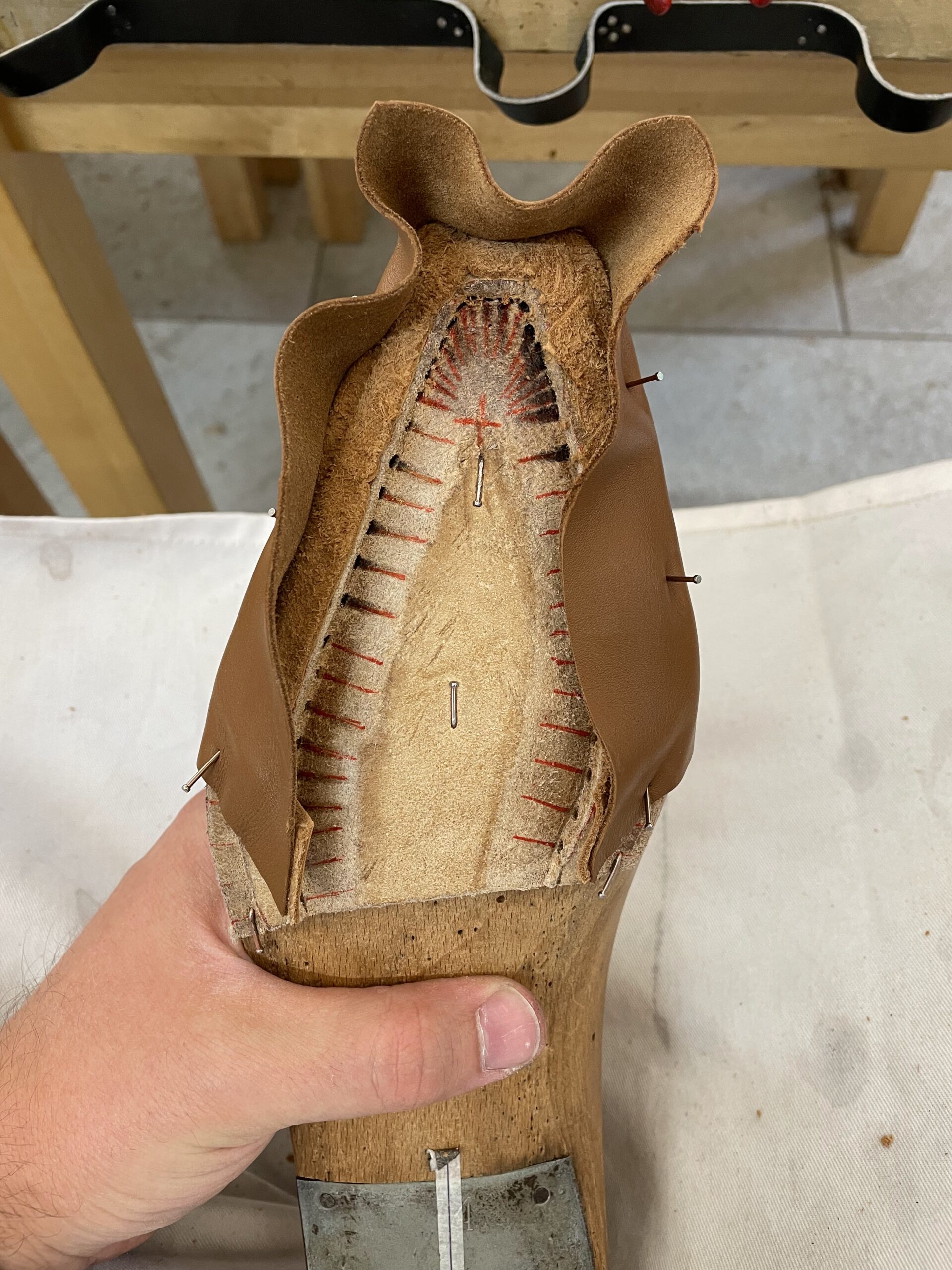
3. How did you discover the Schola Academy/Stefano Bemer Shoemaking School?
I learned about it in late 2019 but wrote it off in my mind because I was looking for something more convenient for US-based hobbyists just trying to dip their toes in the shoemaking waters. Unfortunately, there aren’t many training options out there for aspiring shoemakers in the US, particularly those looking for medium to long-term opportunities. For a while, I viewed the course at Schola Academy strictly as an investment. There was and still is a real possibility that I only make shoes as a hobby, so I couldn’t justify the cost in my mind. After many months of yearning to make shoes, though, I convinced myself that it would be worth it either way.
4. How easy was it to get signed up? Did anyone help you with the process of getting there i.e. finding a place to live? Situated into Italian society?
It was really easy to get signed up. Andrea probably responded to fifty emails from me asking questions throughout the whole process. I eventually stayed in an apartment a couple blocks away from the workshop that he suggested too. It wasn’t hard to feel at home in Florence because most people there speak English and don’t scoff at you for botching basic Italian phrases, as I did regularly.


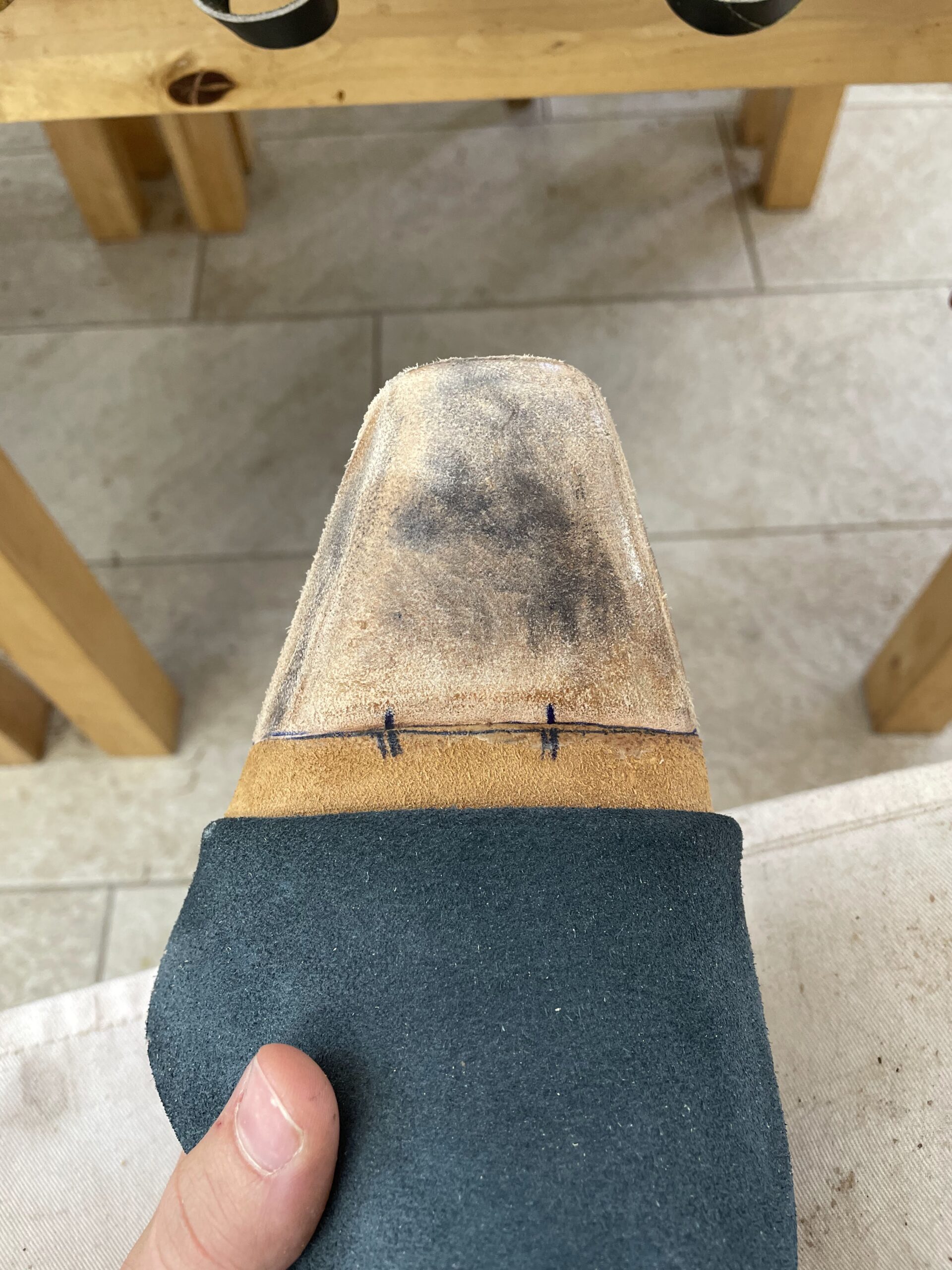
5. Did you speak any Italian? Do you now? Are the classes in English or Italian?
I know how to order coffee and sandwiches, but I never needed any more Italian than that, so I didn’t pick up much else. Fortunately for me, the classes were in English.
6. What was the first thing they taught you in the course? People often glamorize shoemaking but forget the craft that it is and how we learn by starting at the very basics of discipline.
The curriculum teaches a base of fundamentals, then builds up from there. The entire first day was spent just learning how to skive leather and sharpen knives. For the next 3 or 4 weeks, we only made toes – starting with lasting a single layer of leather, then learning how to prep the insole, progressively adding lining leather, then a toe puff, then welting, filling, outsole stitching, and finishing. We started a new toe at each of those progressions, so we got plenty of practice with the fundamentals before moving on to a full shoe. We then made a single oxford, including the pattern making, clicking, and closing (upper sewing), which I wasn’t expecting to be included in a 10-week course.


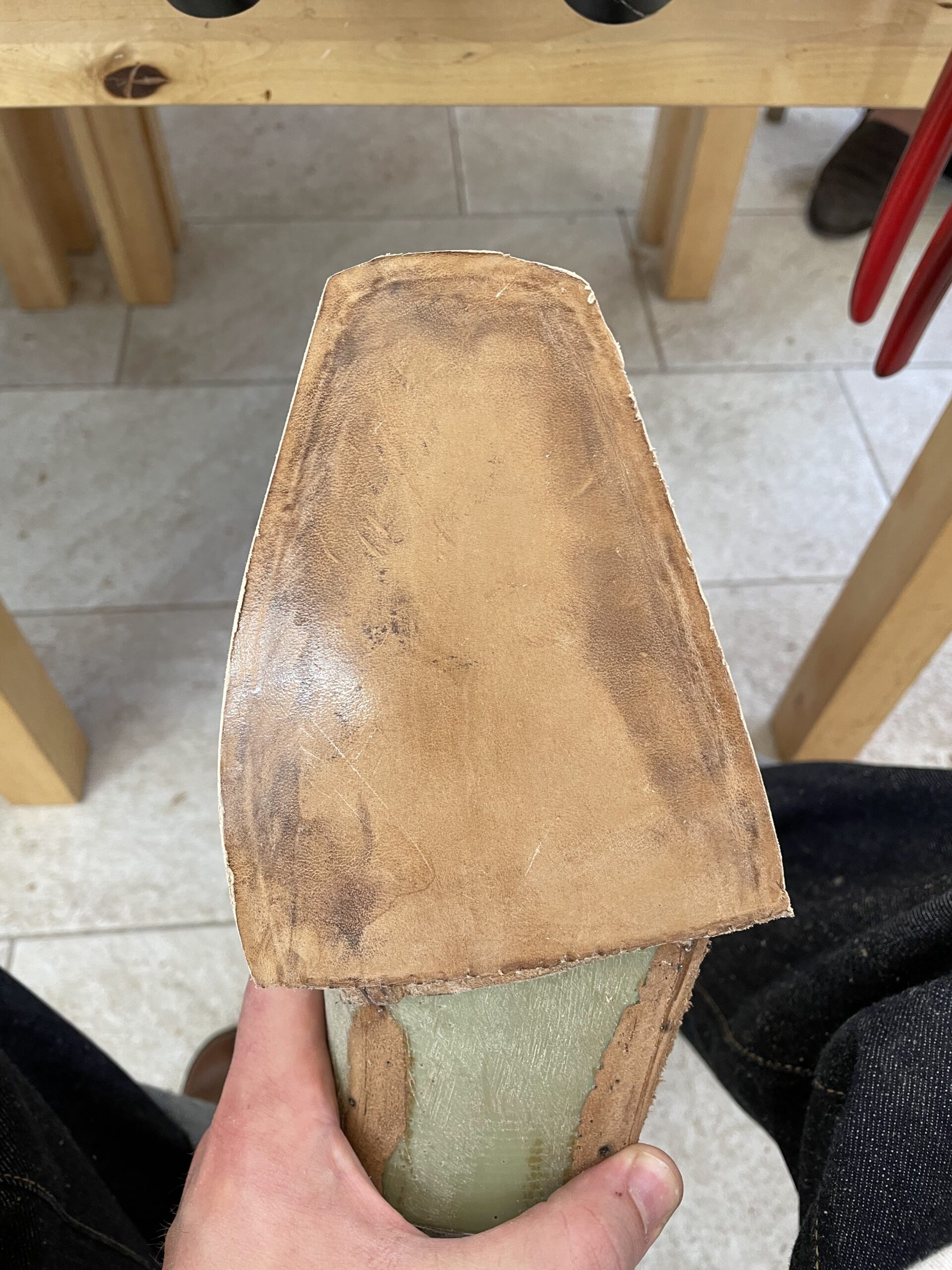
7. What is your favorite part of the shoemaking process?
It’s hard to pick since every step of the shoemaking process ends with the satisfaction of your work looking more and more like a shoe. I’m leaning toward outsole stitching, at least when it’s going well and you’re not breaking your awls or thread.
8. How far into the course are you? And how many full pairs of shoes have you made? All in your size?
I did the 10-week course, which ended at the end of October. After finishing the single oxford, we had three weeks left to complete a pair of loafers in our size using stock Stefano Bemer lasts. We were given the choice of making either a tassel or a Belgian loafer, and I chose the tassel in a waxy Horween hatch grain leather.


9. Do you feel confident to go through the shoemaking process now by yourself i.e. unsupervised?
To some extent, yes. I think I could do the bottoming on my own reasonably well now (for a hobbyist), but I need a lot more practice pattern making, closing, and modifying lasts before I’d feel comfortable charging anybody for the shoes I make. The 10-week course was focused on construction, though, so I was pleasantly surprised that we even got to make our own patterns and uppers at all.
10. Is there anything that you feel you could have spent more time on? I.e. something that lacked in the course that could have been better?
I think it would’ve been prudent if we had visited the last factory within the first couple of weeks, to ensure we had time to receive the lasts and modify them before we began making the final pair. A few of us in the course, including myself, have “bespoke feet” as we jokingly called them because of our trouble fitting into stock lasts. Normally, the teacher, Kumiko, would’ve tried to make this happen, but unfortunately, she came down with COVID in the middle of the course, so our trip to the last factory was delayed. Fortunately, she recovered fully, and I now have bespoke lasts to use at home. That’s more of a complaint about bad luck generally than anything about the course, though. When you’re making shoes in Italy, there isn’t much to complain about.







11. How do you find living in Florence? Your favorite thing about Florence? Your least favorite?
Florence was an incredible place for a 10-week stay. I loved how closely the beauty of the Tuscan countryside juxtaposed with the dense, historic city of Florence. It’s small enough that you can walk anywhere, so I never needed to take a cab, bus, or bike. My least favorite part was the many narrow sidewalks. Don’t forget to check your six before stepping into the street to let someone walk by.
12. Do you intend to go for the next level of courses? Or feel you have enough under your belt to make it happen from here
I think my fiancé would take issue with me spending a few more months in Florence without her, but it would be awesome to keep learning with the makers at Stefano Bemer. The trouble with shoemaking is that there’s no clear or easy way to gain proficiency. I’m fortunate that I was able to have an extended training experience, but I will mostly be teaching myself for the foreseeable future.


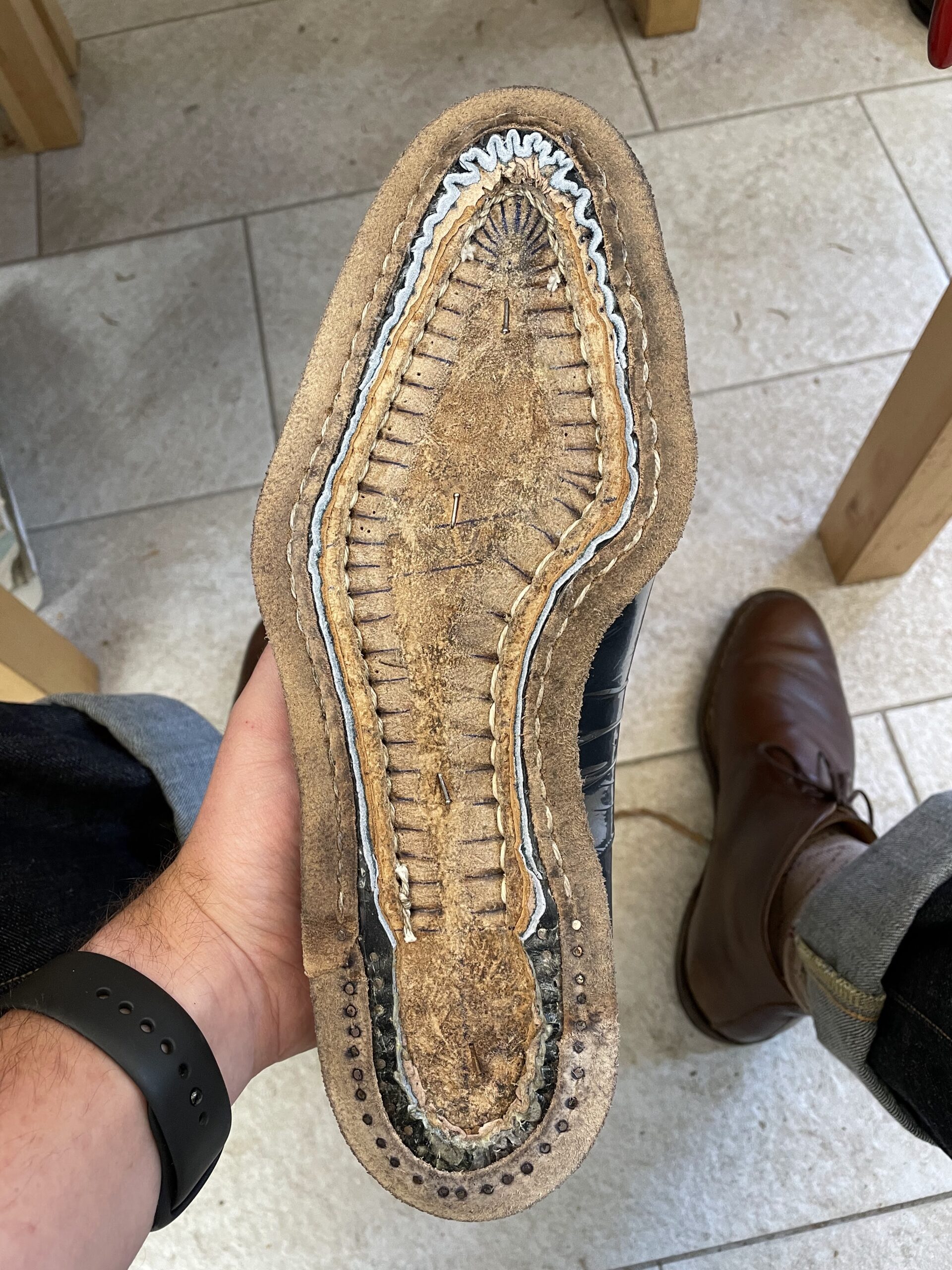
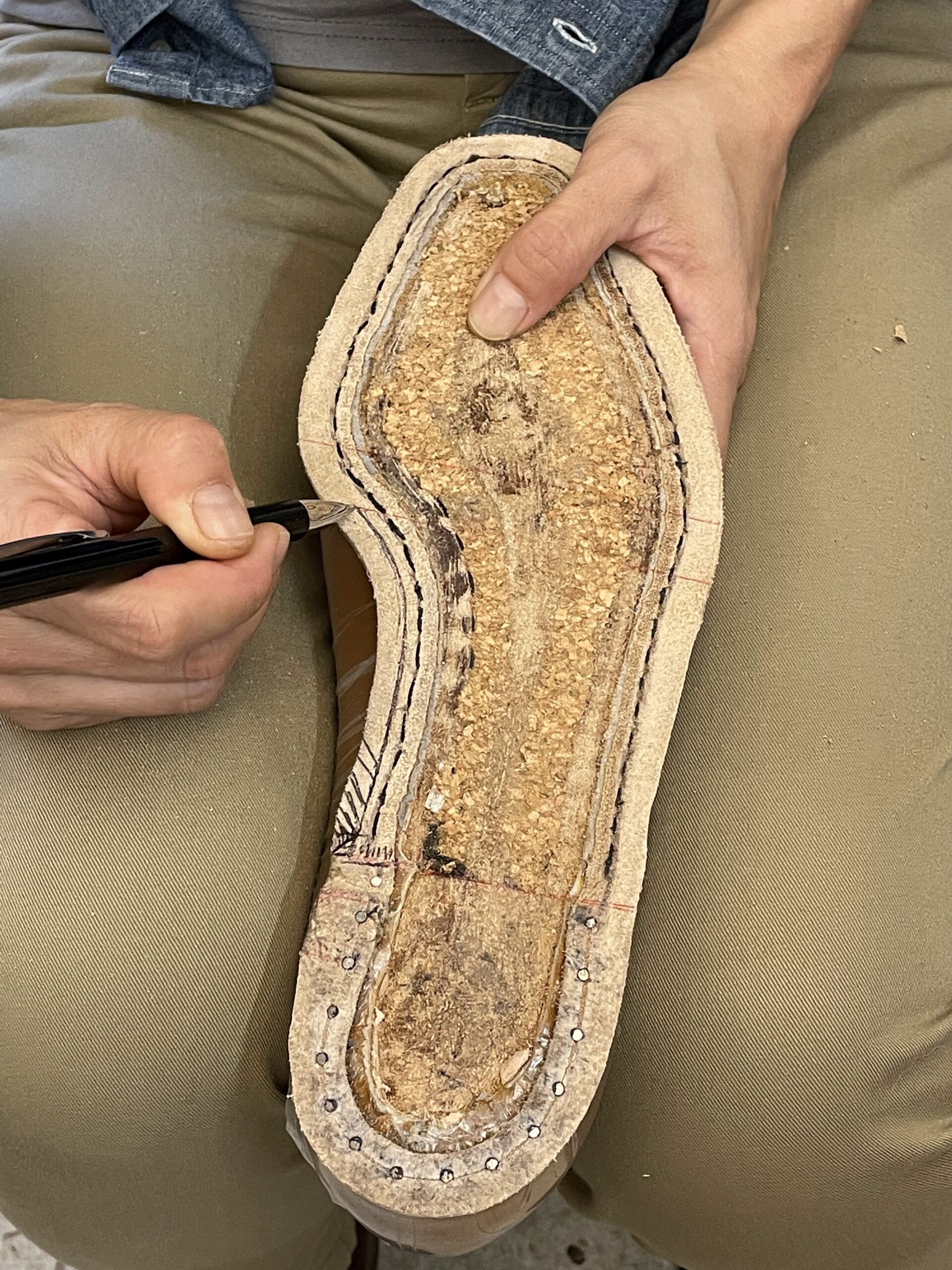
13. Assuming you don’t intend to take the next level of courses, what are your next moves?
In the short term, I want to focus on continuing to improve my bespoke skills by making shoes for my fiancé and a handful of my friends. Concurrently, I want to do whatever I can to get more people interested in shoemaking. I have a YouTube channel (Altizer shoemaker) with some pretty amateurish videos and an Instagram (@altizer_shoemaker), so I want to keep those going and increase the production value.
14. Do you want to be a bespoke maker solely or also have an MTO/RTW line attached to that?
I’m most interested in bespoke because that definitionally involves the highest level of craftsmanship. If having high-quality MTO/RTW lines makes for a better business model, I can see the case for their inclusion, but I don’t see myself pursuing a career in shoemaking unless bespoke is at the core of it.




15. Do you feel that the course what was it was advertised as, and met your expectations?
Absolutely. My expectations for the instruction were high, but Kumiko and Masako far exceeded those. As far as the curriculum goes, I didn’t know exactly what to expect, but I was glad and surprised that we were able to finish a whole pair of shoes in addition to learning some pattern-making and closing.
16. Anything I missed that you might want to add to fellow shoemaking enthusiasts looking to get their foot in the door?
It’s not a cheap hobby, but if you have the means and you’re on the fence, go for it! The world needs more shoemakers, and all the professionals I’ve met so far are willing to help bring more people into the craft. I’m also happy to help answer any questions or just chat about shoes – reach out to me on Instagram @altizer_shoemaker!
Drew’s YouTube: https://www.youtube.com/@altizershoemaker9856
Drew’s IG: https://www.instagram.com/altizer_shoemaker/
Get signed up or learn more about Schola Academy: https://www.schola.academy/
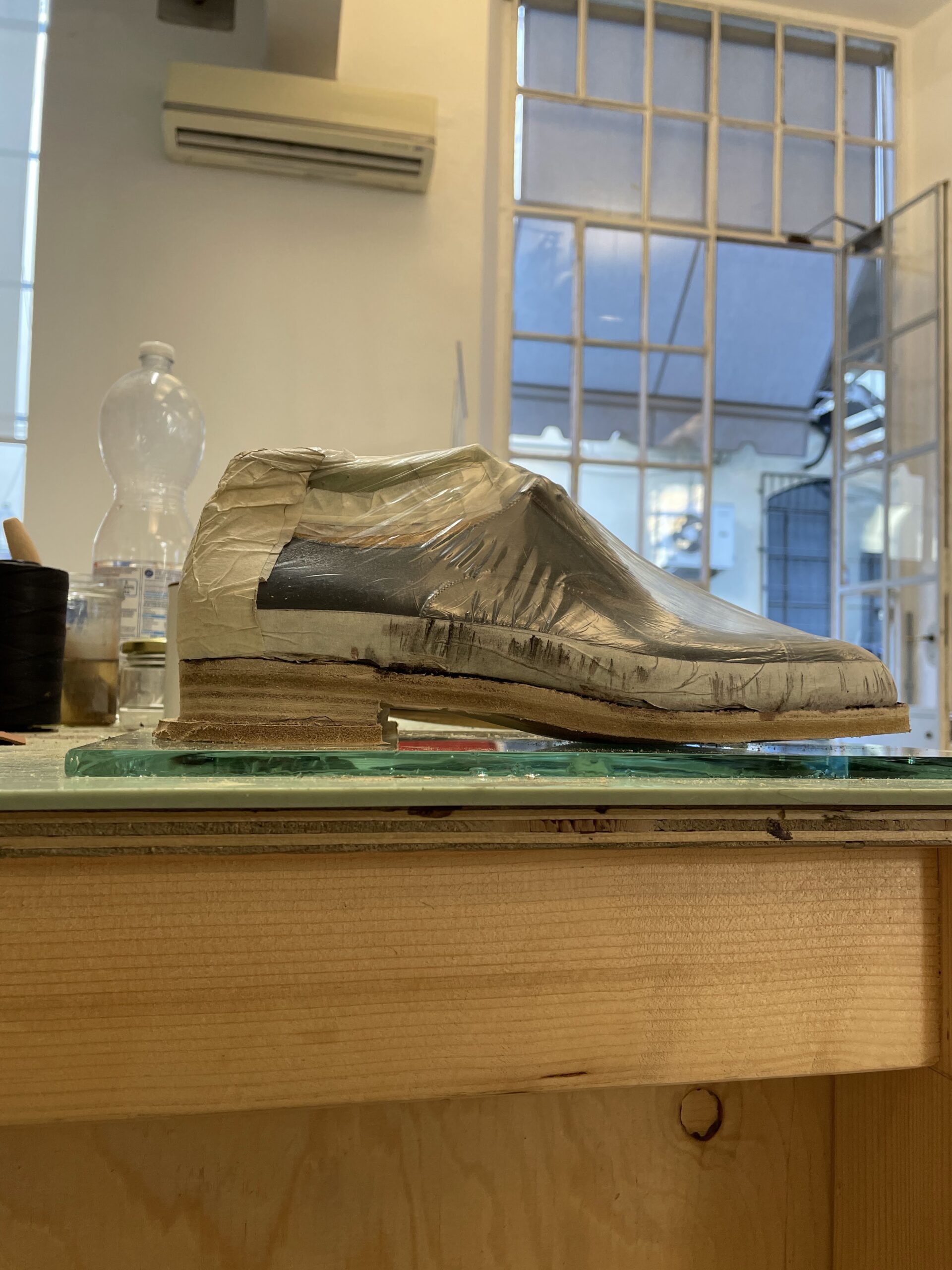





























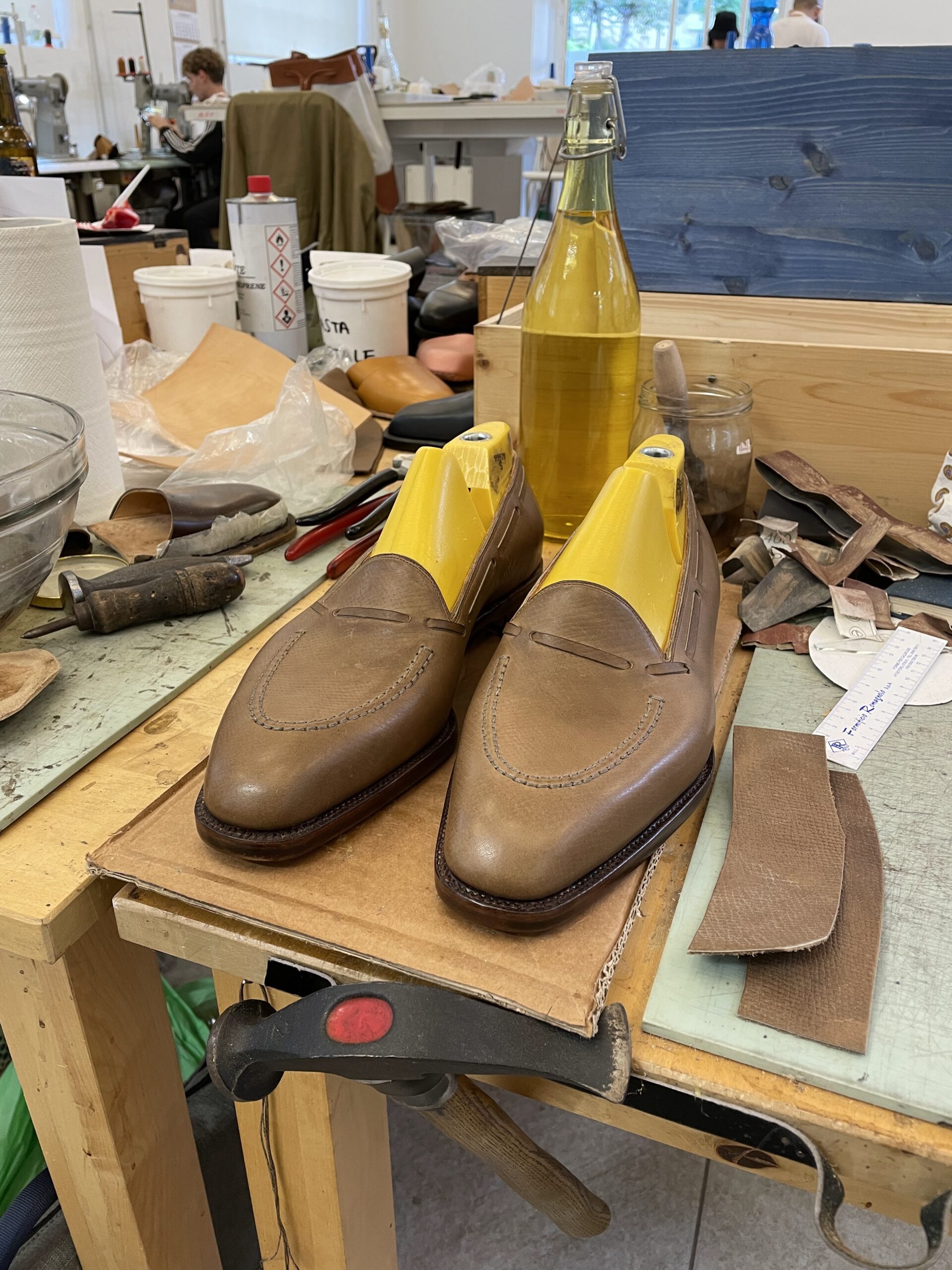


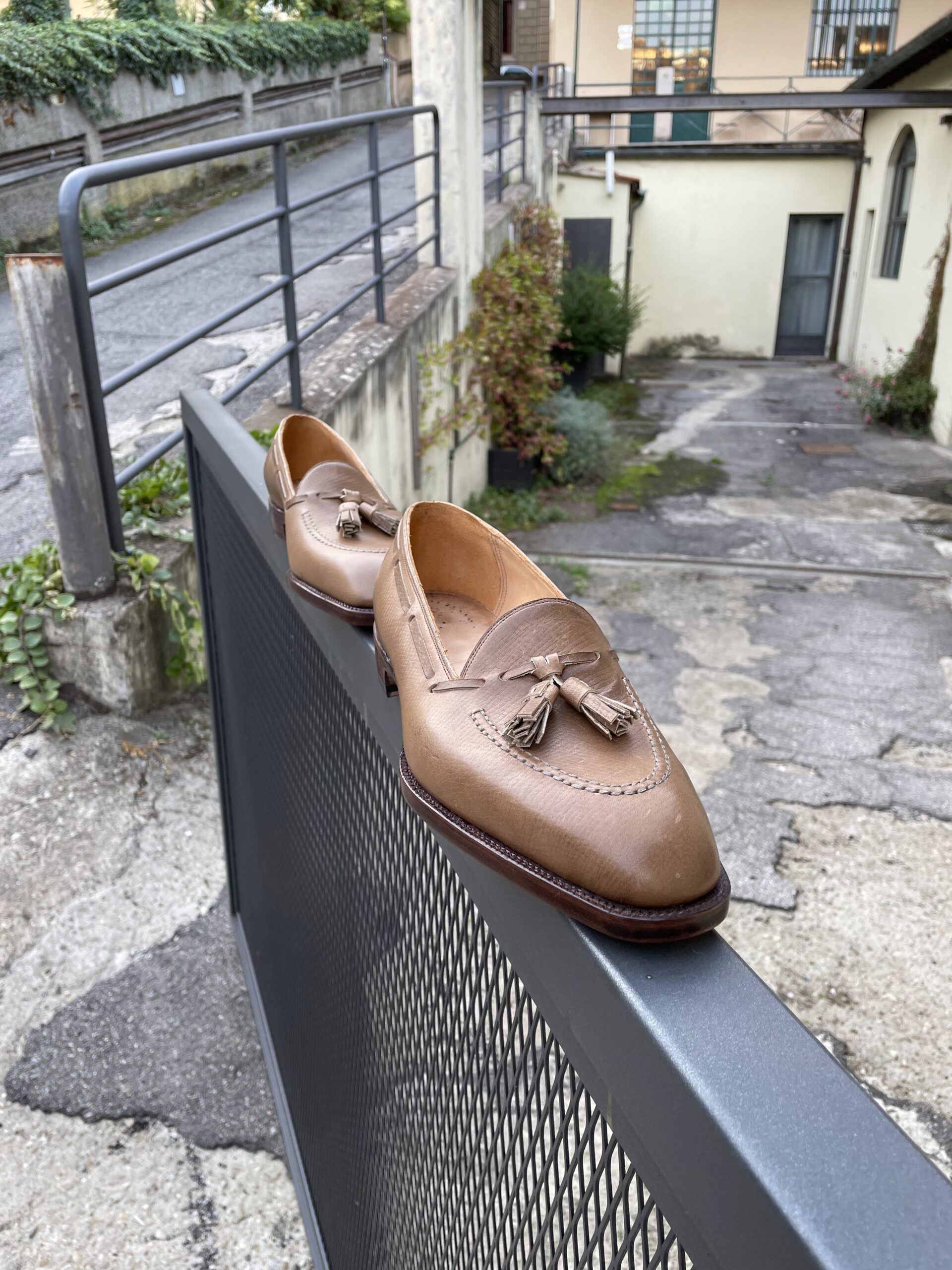






































Nice work if wish I could learn more from you guys